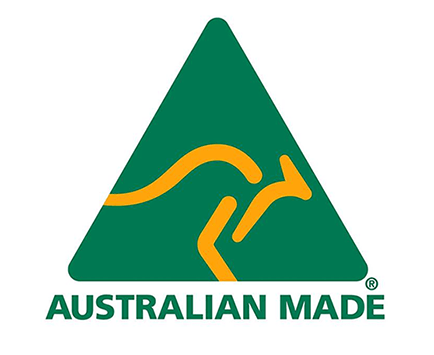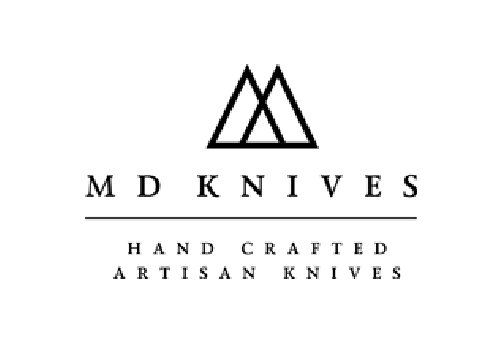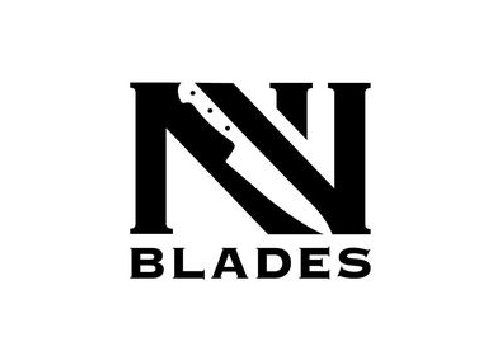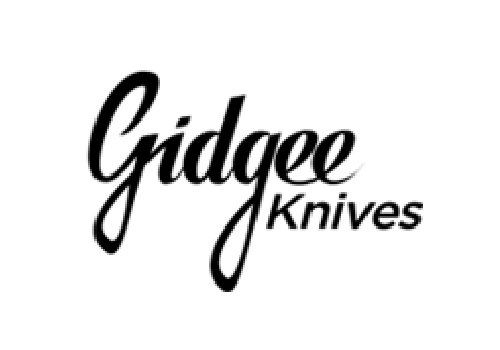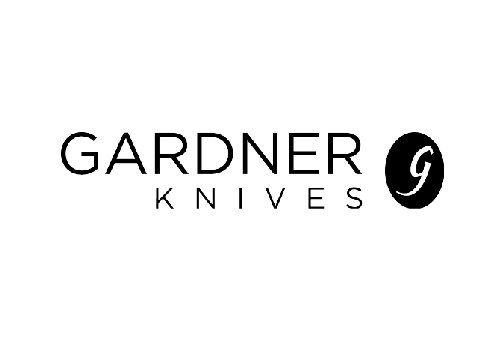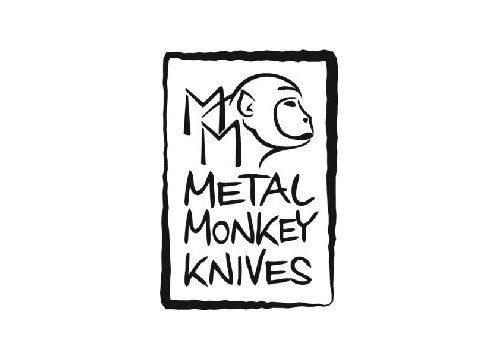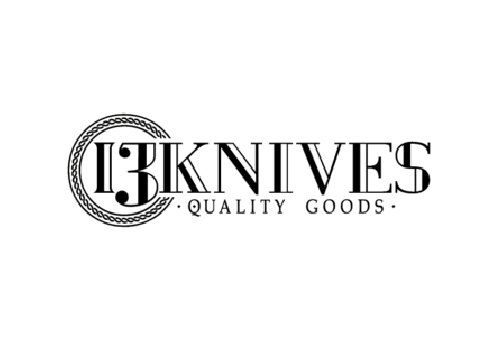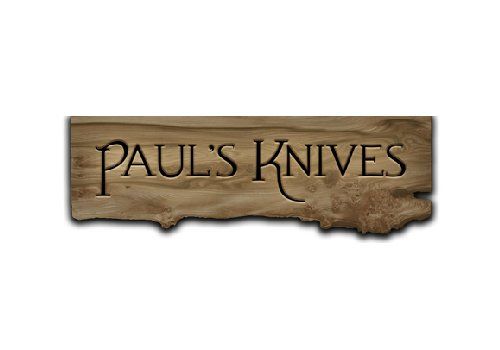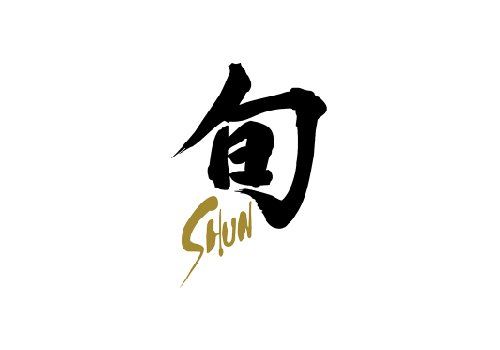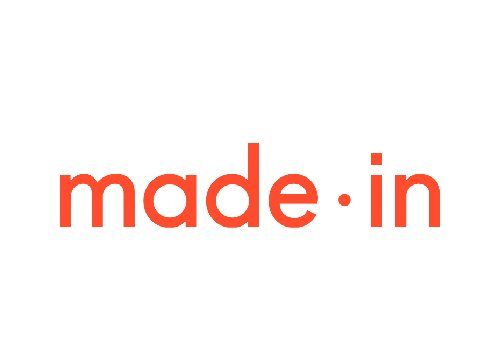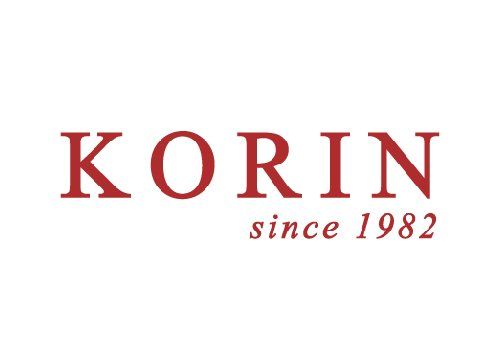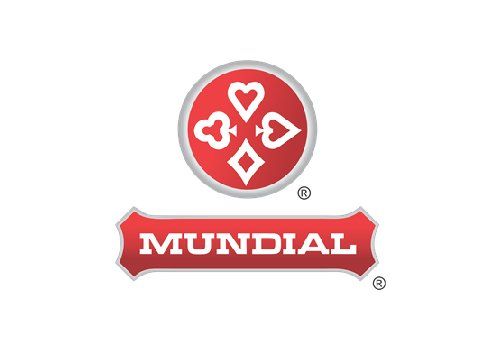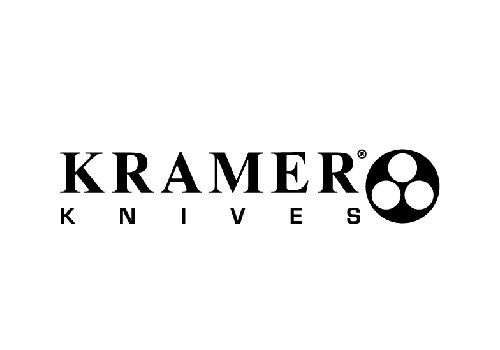Choosing a Knife
Those all-in-one knife sets you can get at a department store are for suckers. "You really shouldn't buy a set with 12-18 knives," says Jonathan Ray, "since you'll probably only need five or six."
Here are the useful knives, in descending order of importance:
Chef's Knife
Paring Knife
Bread Knife
Utility Knife
This knife has a smaller and thinner blade than the chefs knife, around 15 centimetres. Jonathan Ray notes that it's "the perfect fruit knife" but concedes that if you're on a budget, a paring knife can do the work of a utility knife.
Carving Knife
A long, thin blade, the carving knife is used to, well, carve thin slices of meat. It's extremely well-suited to this task, if this is a task you find yourself regularly performing.
Boning Knife
Like the carving knife, you may have no need for the boning knife, but if you are prone to buying whole chickens and other plucked orbutchered fare, you'll find it invaluable. Boning knives have a thin and flexible blade and are used pretty much exclusively for boning.
Japanese vs European knives
What’s the difference?
Each knife you come across will have been created for a specific purpose, whether that is for cutting through steak, filleting fish or slicing a loaf of bread. But, besides their purpose, there may also be some key differences in the way the knives were made. The majority of the best kitchen knives on the market will fall into one of two categories – Japanese knives or European knives. Each is just as good as the other, but there are a few key points that separate the two.
Firstly, European knives are usually chunkier. Japanese knives have a much more delicate frame and are also normally more lightweight. Don’t let this cause you to underestimate their power however, as they also have a sharper edge due to the slim steel used to make the blade.
When it comes to the actual steel itself, Japanese blades tend to be made with a higher carbon steel which causes them to be harder, but more brittle. They often require more care, higher maintenance and frequent sharpening. In comparison, European knives are made with a softer steel – it won’t need sharpening as much, but the blade won’t be quite as sharp either.
The shape and build of the knives themselves are also different. A lot of European knives are made with a full tang, which means a single piece of steel runs from the tip to the very edge of the handle. This gives the user exceptional balance and support. They are also likely to have a bolster for comfort, whereas Japanese knives are designed with a straighter handle. They are also designed with a straighter blade to account for cleaner, more concise cuts, whereas the blade of European knives is often curved to allow for rocking cuts.
Finally, the primary purpose of a Japanese designed knife is for slicing. They were made for exact, precision cooking and they perform these tasks with absolute ease. On the other hand, European knives are designed to be much more well-rounded and can be used for a range of different functions.

